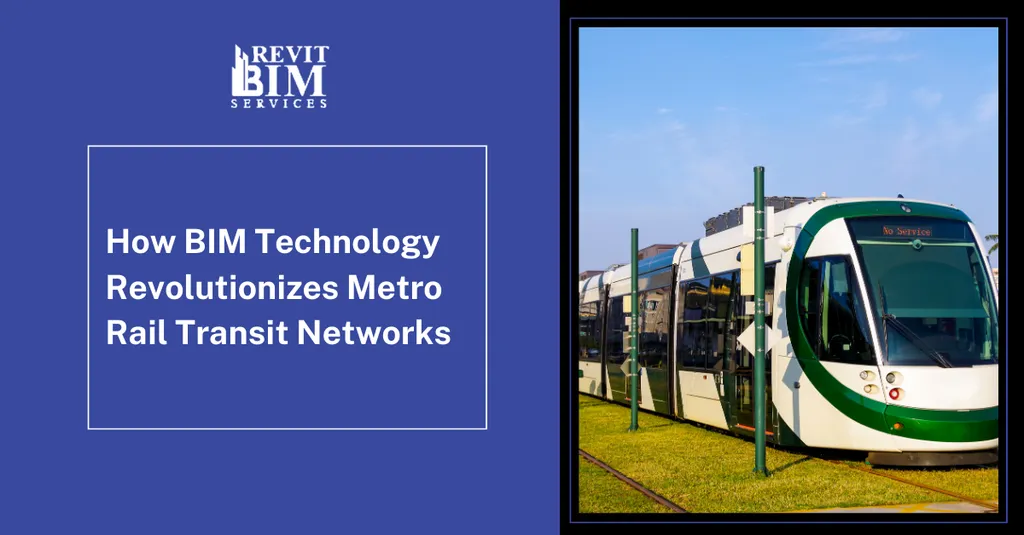In the rapidly evolving world of rail transit, the integration of multi-source data has been a persistent challenge, hindering the seamless conversion and integration of digital models. However, a groundbreaking solution has emerged from the School of Information Engineering at Guangzhou Railway Polytechnic, led by Chao Chen. Published in the esteemed journal *Promet (Zagreb)*, which translates to *Traffic & Transport* in English, this research introduces an integrated algorithm for multi-source data conversion of rail transit digital models based on Building Information Modeling (BIM) and Geographic Information Systems (GIS).
The core issue addressed by Chen and his team is the disparity in data formats, structures, and coordinate systems across different data sources. “This inconsistency has been a significant barrier to achieving comprehensive and accurate digital models in rail transit,” explains Chen. To tackle this, the researchers developed an integrated framework based on the B/S architecture of the Cesium open-source map engine, with BIM+GIS technology at its heart.
The framework operates across three layers: the data layer, the business logic layer, and the presentation layer. In the data layer, tilt photogrammetry technology is employed to collect topographic data, while vector data is gathered through a tilt model. BIM data is generated to meet the specific demands of rail transit construction. The GIS model is constructed based on terrain and vector data, and the BIM model is established using the collected BIM data.
The business logic layer handles and publishes multi-source data through BIM servers, GIS servers, and other information databases. The transformation integration unit uses a spatial semantic integration algorithm to integrate data transformation from the BIM model into the GIS model. This process achieves complete transformation and integration of BIM and GIS multi-source data in geometry, semantics, and accuracy.
The presentation layer then delivers the outcomes of multi-source data conversion and integration to users. “Our experiments have shown that the algorithm can effectively collect the terrain data of rail transit and establish both BIM and GIS models,” Chen notes. “This transformation improves the comprehensiveness, accuracy, and reliability of the integrated rail transit digital model.”
The implications of this research are far-reaching, particularly for the energy sector. As rail transit systems become increasingly complex, the ability to integrate multi-source data will be crucial for optimizing energy efficiency and reducing operational costs. By providing a more accurate and reliable digital model, this algorithm can help energy companies better plan and manage their resources, ultimately leading to more sustainable and cost-effective rail transit systems.
The research published in *Promet (Zagreb)* not only addresses a critical challenge in the field but also paves the way for future developments. As Chen and his team continue to refine their algorithm, the potential for its application in other sectors, such as urban planning and infrastructure development, becomes increasingly apparent. This innovative solution is a testament to the power of integrating advanced technologies to overcome longstanding challenges and drive progress in the rail transit industry.

